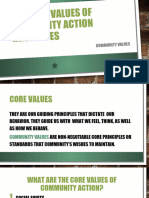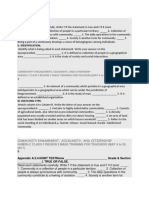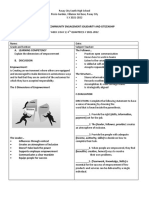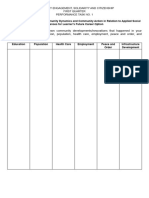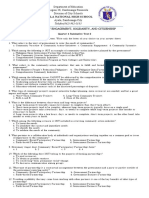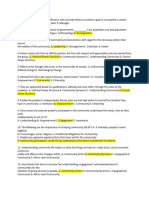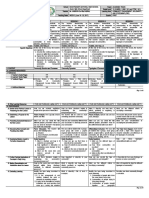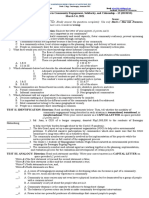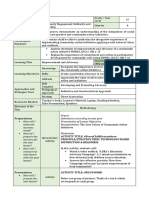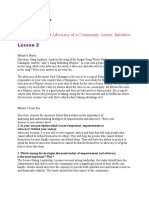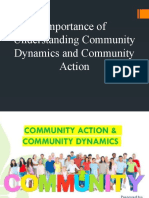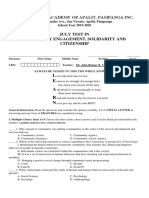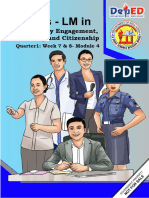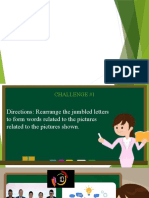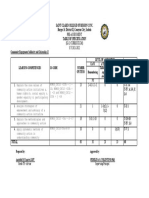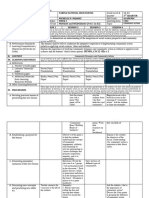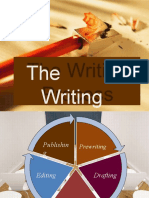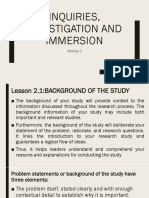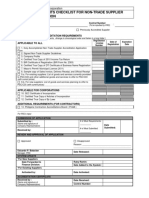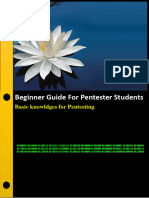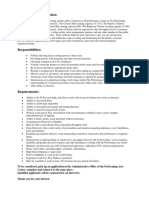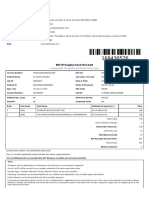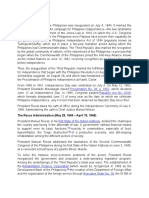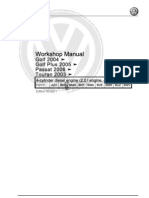100% found this document useful (3 votes)
529 views22 pages3 Functions of Communities in Terms of Structures
The document discusses the functions of communities in terms of their structures, dynamics, and processes. It covers topics such as understanding a community through its dynamics and structures, as well as its processes. The document also examines different aspects of a community including its power structures, demographics, geography, economy, and the characteristics and roles of community leaders.
Uploaded by
Jewel PascuaCopyright
© © All Rights Reserved
We take content rights seriously. If you suspect this is your content, claim it here.
Available Formats
Download as PPTX, PDF, TXT or read online on Scribd
100% found this document useful (3 votes)
529 views22 pages3 Functions of Communities in Terms of Structures
The document discusses the functions of communities in terms of their structures, dynamics, and processes. It covers topics such as understanding a community through its dynamics and structures, as well as its processes. The document also examines different aspects of a community including its power structures, demographics, geography, economy, and the characteristics and roles of community leaders.
Uploaded by
Jewel PascuaCopyright
© © All Rights Reserved
We take content rights seriously. If you suspect this is your content, claim it here.
Available Formats
Download as PPTX, PDF, TXT or read online on Scribd
/ 22












